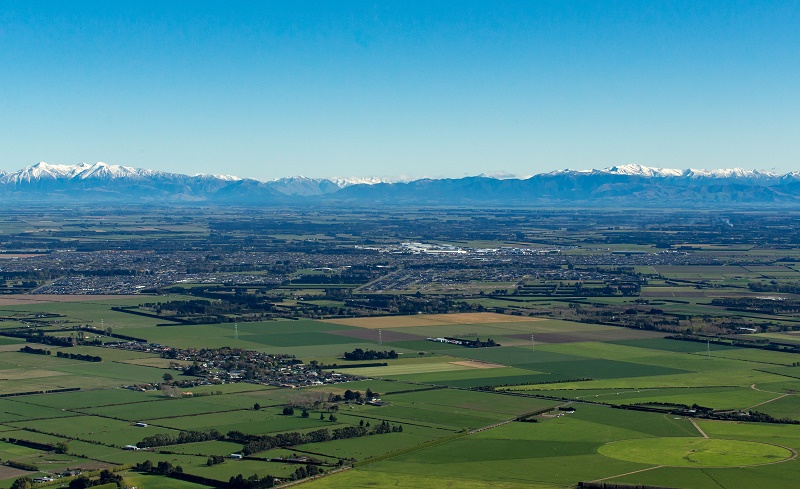Council gearing up for action following latest emissions report
Content Archived on the Web
This content has not been altered or updated since it was archived. Please check our menus for latest news items.
Last modified: 15 Nov 2022 2:43pm

The key areas to tackle in reducing the Council’s carbon emissions have been mapped in a new report.
The latest carbon footprint mapping covering the Council’s carbon emissions for 2019/20 and 2020/2021 financial years show the amount of greenhouse gases released per capita in Selwyn fell in 2020/2021 when matched against the increased service demands from a growing population.
The report was completed by independent consultants using the internationally agreed method verified by Toitū Envirocare in 2018/19.
It shows the Council’s biggest emissions continue to come from its main contracted services; wastewater treatment, rubbish and recycling collections and disposal, and roads and parks maintenance. These made up 71 percent of the Council’s annual emissions in 2020/21. Diesel is the most significant contributor (45 percent), followed by electricity (27 percent) and the methane and nitrous oxide emissions from wastewater (22 percent).
Having clearly identified our total emissions, the Council has good information to prioritise further action, Council sustainability lead Keith Tallentire says.
“It’s good to see what we’re already doing is starting to make a difference. This is a key commitment for the Council and we recognise the need to do more. While the report shows some increase in our total emissions from 2018/19, it's good to see emissions per capita falling, which shows that by working smarter we can make a difference. This information is helping us to plan more ways we can act and hope others will join us in efforts to increase sustainability. It all works together to improve life in Selwyn for now and the future.”
This work for the Council includes integrating energy efficiency measures into building new community facilities, upgrades to the Pines Wastewater Treatment Plant, replacing streetlights with LED bulbs, introducing hybrid cars to the Council’s vehicle fleet and installing new electric car charging stations in public parking spaces in high use areas. As well as working with partners to improve biodiversity across the district through native bush restoration, tree planting, projects to improve water ways and move.
The Council was one of the earliest signatories to the New Zealand Local Government Leaders’ Climate Change Declaration 2017 and adopted a formal Climate Change Policy in 2020 setting out the Council’s commitments and its legal responsibilities under the Zero Carbon Act.
Read more about what the Council is doing about climate change in Selwyn.